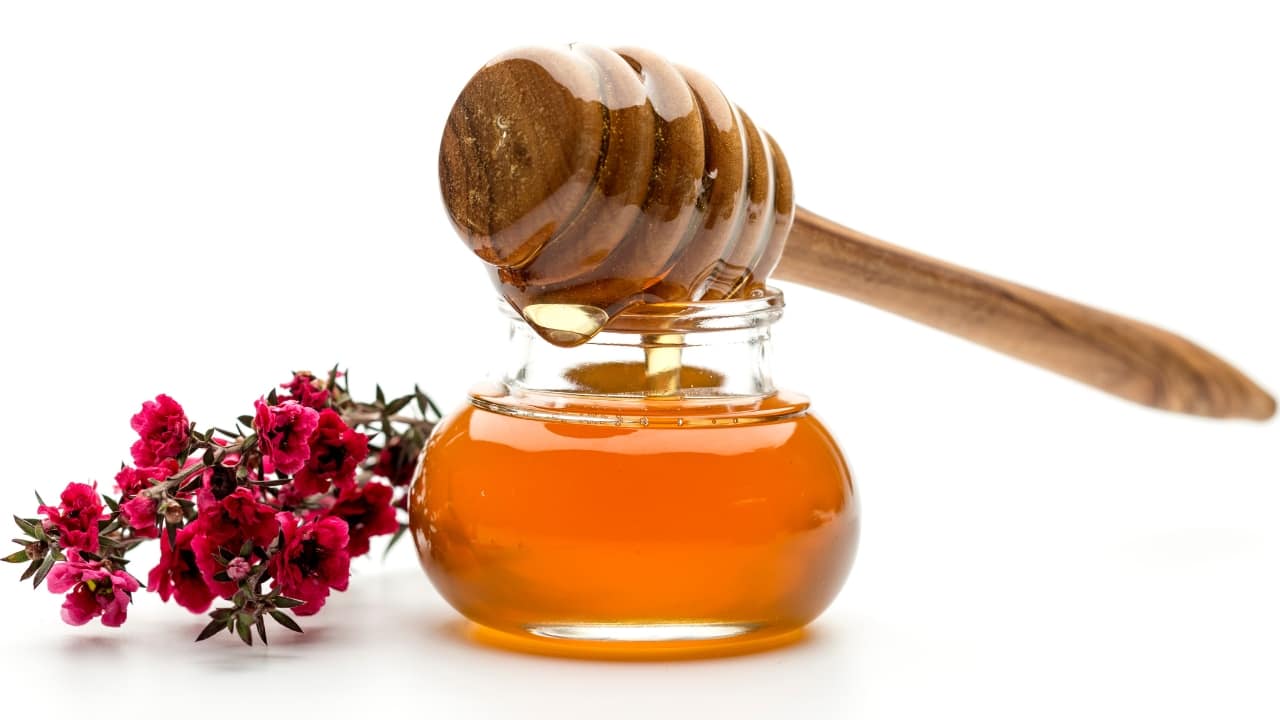 Not all honey is created equal. Some jars hold more than sweetness—they carry serious antibacterial punch. Let's break down what sets high-potency honey apart and why it matters for your health.
Not all honey is created equal. Some jars hold more than sweetness—they carry serious antibacterial punch. Let's break down what sets high-potency honey apart and why it matters for your health.
The Problem with Generic Labels
It’s easy to pick up a jar of honey off the shelf and assume it’s all the same. For many consumers, especially those prioritizing wellness or natural remedies, this assumption leads to frustration and confusion. There’s often no clear guide to understanding what truly makes one honey more powerful—or valuable—than another.
When it comes to therapeutic honey, especially varieties sourced from Australia and New Zealand, the confusion deepens. Potency labels like MGO and UMF are printed on jars, but without context, they’re just numbers and acronyms. Many people don’t know what these figures represent or how they should influence buying decisions.
When Confusion Turns Costly
The frustration intensifies when you realize you may have been paying a premium for a product with limited medicinal value. Imagine someone battling persistent skin infections or digestive issues who opts for natural treatment. They invest in expensive honey, expecting results, but without understanding potency standards, they buy something ineffective.
This disconnect between label and result can create mistrust—of the brand, the store, and even the remedy itself. In cases where honey is used as an immune booster or wound treatment, the difference in effectiveness can be dramatic. Not all honey is suited for these roles, and misinformed choices could mean continued symptoms and wasted money.
Potency Matters: Understanding What’s Inside
So what actually sets therapeutic honey apart?
At the heart of it is methylglyoxal, or MGO—the naturally occurring compound responsible for honey’s antibacterial strength. Higher levels of MGO mean greater potency. Labels showing "MGO 100+" or "MGO 1500+" give you a sense of how powerful the honey is.
On the other hand, the UMF (Unique Manuka Factor) rating is another grading system that includes MGO but also considers other antibacterial markers like leptosperin and DHA. This broader assessment is designed to verify authenticity and overall quality.
The debate between "mgo vs umf" is ongoing, with both ratings providing valuable information. MGO offers a direct reading of antibacterial content, while UMF ensures the product is genuine Manuka honey with a complete range of bioactive compounds.
Case Study: Parramatta Family Finds Relief
To understand how high-grade honey makes a difference, consider the experience of the Khan family in Parramatta.
After their youngest child developed an antibiotic-resistant skin infection, the family tried various over-the-counter creams and prescriptions with little effect. A friend suggested applying high-potency therapeutic honey. Skeptical but desperate, they did some research and purchased a premium jar labeled "manuka mgo 1500" from a reputable Australian supplier.
Within a week of twice-daily application, the swelling had reduced. By week two, the redness and discomfort had nearly disappeared. After consulting with a pediatric dermatologist, they learned that high-grade honey had become a recognized alternative in difficult dermatological cases.
This experience was a wake-up call for the family. It highlighted the real-world consequences of understanding—or misunderstanding—what those numbers on the jar mean. They now stock honey in their first aid cabinet alongside traditional medicine, treating minor cuts and burns naturally when possible.
Choosing with Confidence
So how do you choose the right jar? Here are a few tips:
-
Look for clear labeling with an MGO or UMF rating.
-
Understand that anything over MGO 800 is considered ultra-potent, often used for medical or therapeutic purposes.
-
Source from Australian or New Zealand brands that provide lab test results or certification.
For example, many consider high-grade honey with "manuka mgo 1500" to be among the best australian honey available for therapeutic use. These jars don’t just taste good—they’re used for dressing wounds, aiding digestion, and boosting immune response.
A Note on Cost
Potent honey doesn’t come cheap. A high MGO rating significantly raises the cost, and rightly so. Producing this kind of honey involves specific conditions, from the Leptospermum plants that bees feed on to rigorous harvesting and testing practices. But when used correctly, even a small amount can last a long time and offer results no generic honey can provide.
Consumers should view it less like a sweetener and more like a natural remedy. You're not buying it to drizzle on toast—you're buying it to support healing, immunity, or serious wellness goals.
Final Thoughts: Purity with Purpose
Understanding honey potency is not just about being a savvy shopper—it’s about making informed health choices. Labels like MGO and UMF are more than marketing; they are tools for transparency and guides to efficacy.
Whether you're treating minor wounds, easing digestive trouble, or simply trying to strengthen your immune system, selecting the right honey could make all the difference. And if you're going for results, skip the supermarket blend and reach for something with serious strength
Comments on “What Sets Ultra-Strength Honey Apart? A Deep Dive into Potency and Purity”